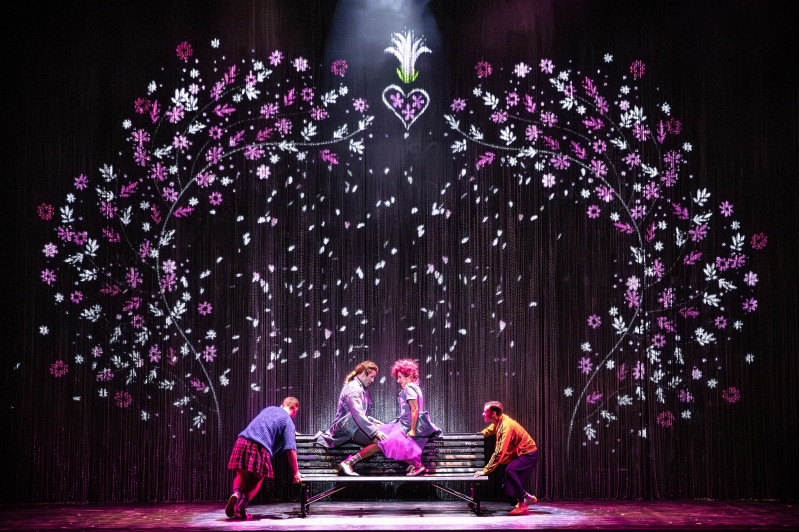Theatre and Technology
Theatre has always been about transformation. From Ancient Greece to the modern day, audiences have long marvelled at the magic of stagecraft. Many devices have been introduced throughout history to deepen immersion, including trapdoors, shifting scenery and projections. This constant push to innovate has carried theatre across centuries, from early mechanics to today’s digital artistry. That same spirit of invention is alive in Welsh National Opera’s Candide, where French animator Grégoire Pont brings the famous 18th-century satire to life with dazzling 21st-century animation.

Origins of Theatre Technology
In Ancient Greece, devices such as the mechane, a crane that lifted actors playing gods into the air, and the ekkyklema, a wheeled platform for dramatic revelations, brought spectacle to the stage. Medieval theatre introduced several effects still seen today, such as trapdoors, smoke and fire. The Renaissance and Enlightenment periods developed perspective scenery and complex machinery that could shift entire sets. By the 19th century, gas and electric lighting transformed atmosphere and mood on stage. Each development added a new dimension to how theatre could immerse its audience.
Grégoire Pont, Cinesthetics and Candide
A striking example of technology in theatre today is the work of French illustrator animator Grégoire Pont. His technique, which he calls ‘cinesthetics’, treats animation as a living element of performance, with images that evolve in sync with the music rather than being applied after the fact.
For Welsh National Opera’s Candide, Pont's hand-drawn animations are projected onto a curtain of fine chains which stretch across the stage. The surface catches and scatters light so that images ripple and fracture as performers move. Beneath the chains run a series of cues and numbers, ensuring that performers align their movement precisely with the flowing animation. The result is a dynamic stage picture in which landscapes transform instantly, lines twist into figures, and the scenery itself seems to perform alongside the cast.
Motion Capture at the RSC
Pont is not alone in pushing the boundaries of stage technology. In 2016, the Royal Shakespeare Company staged The Tempest using real-time motion capture. In partnership with Intel and Imaginarium Studios, the company mapped actor Mark Quartley’s movements onto an avatar of Ariel projected live on stage.
Visualising Thought in The Curious Incident
Another influential example is the National Theatre’s The Curious Incident of the Dog in the Night-Time. Designer Bunny Christie created a white cube set that became a programmable grid. Using integrated lighting and projection, the walls and floor filled with numbers, maps and constellations that echoed the thought patterns of protagonist Christopher Boone. The technology helped audiences experience the character’s perspective visually and emotionally.
Inspired?
Audiences can experience Grégoire Pont’s remarkable animations live in WNO’s Candide, for one last time this week in Bristol.



